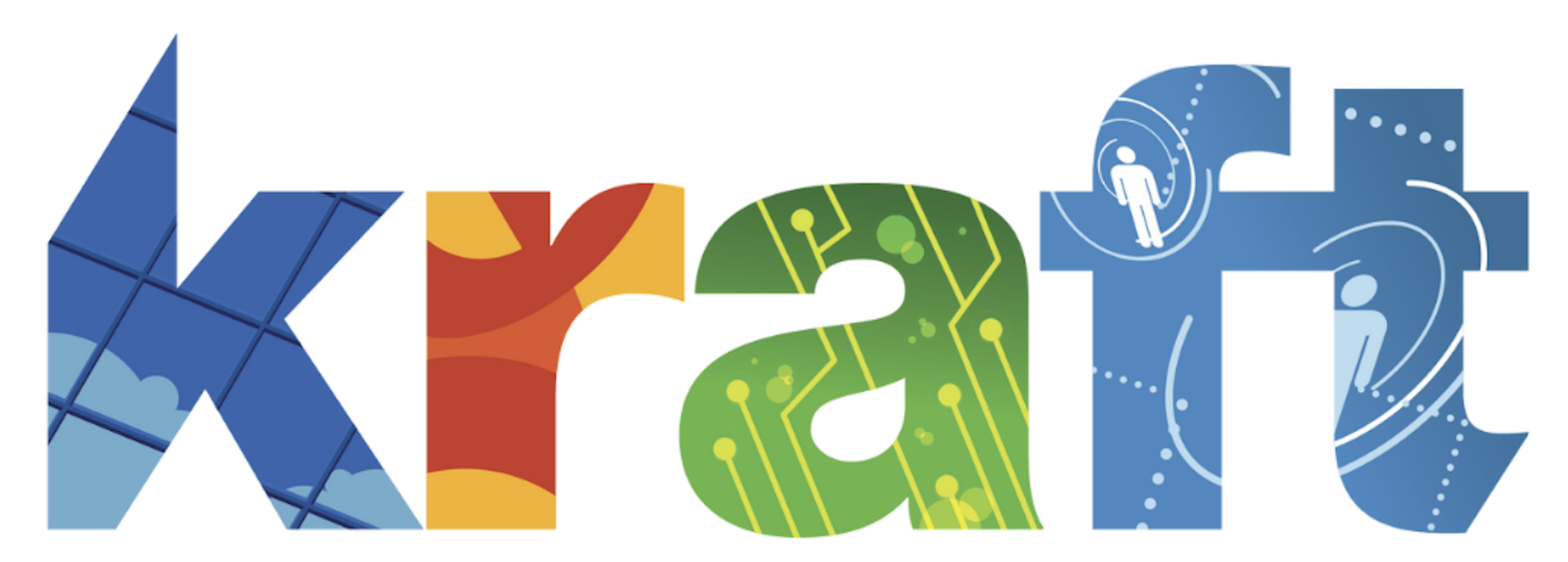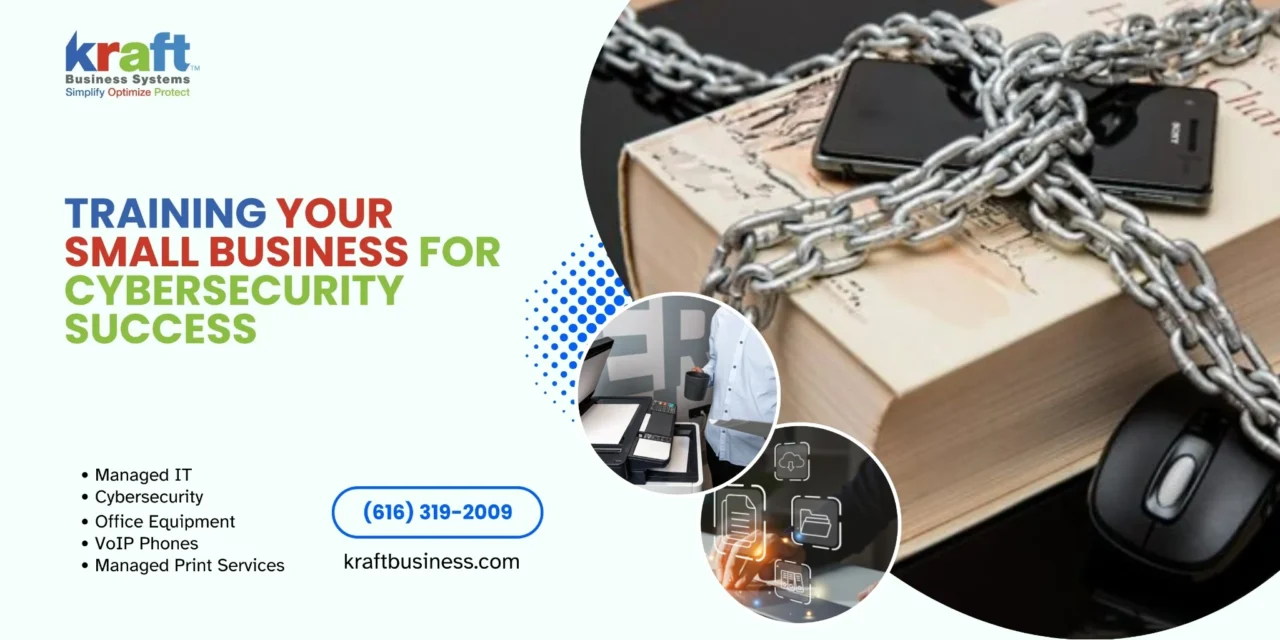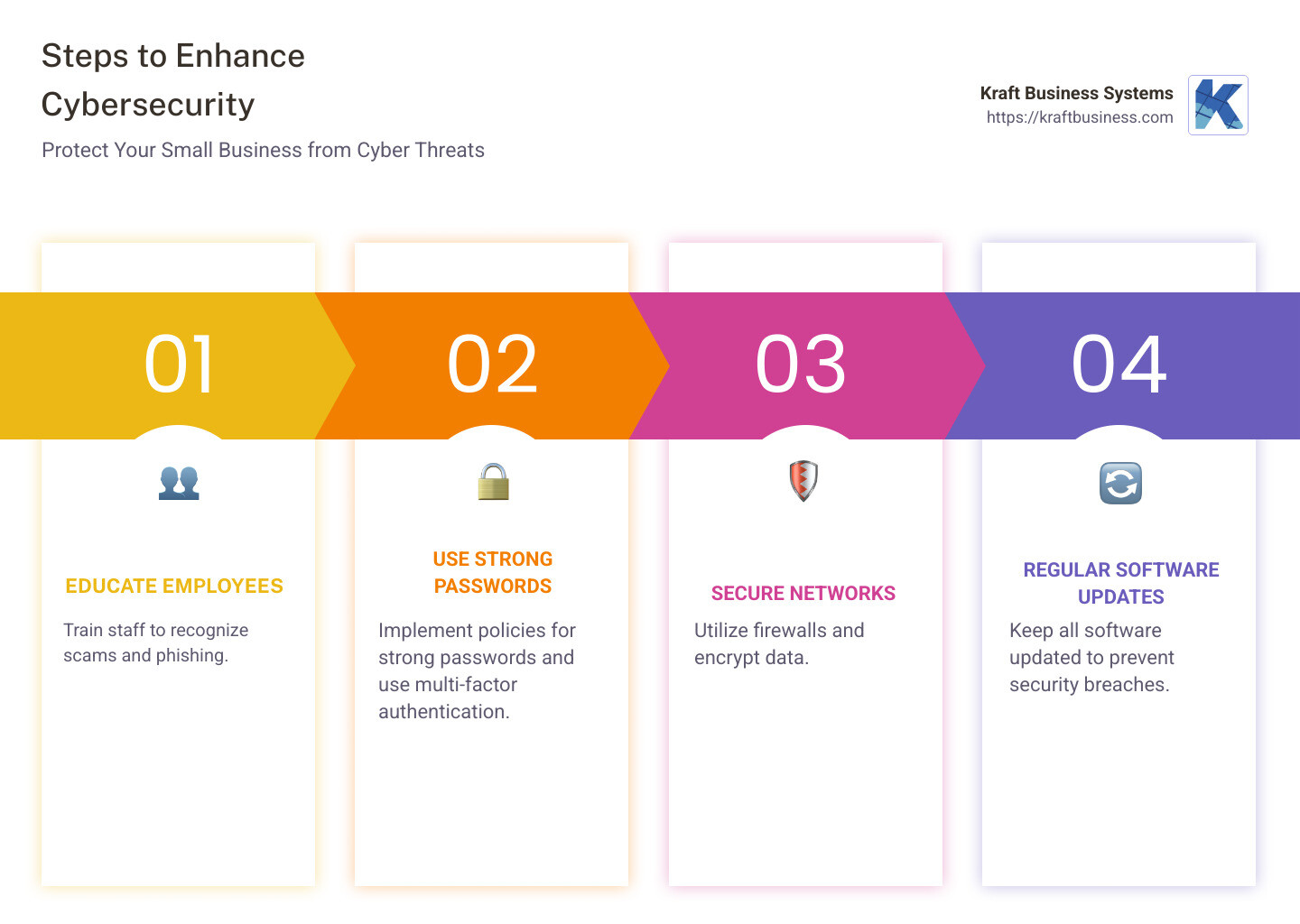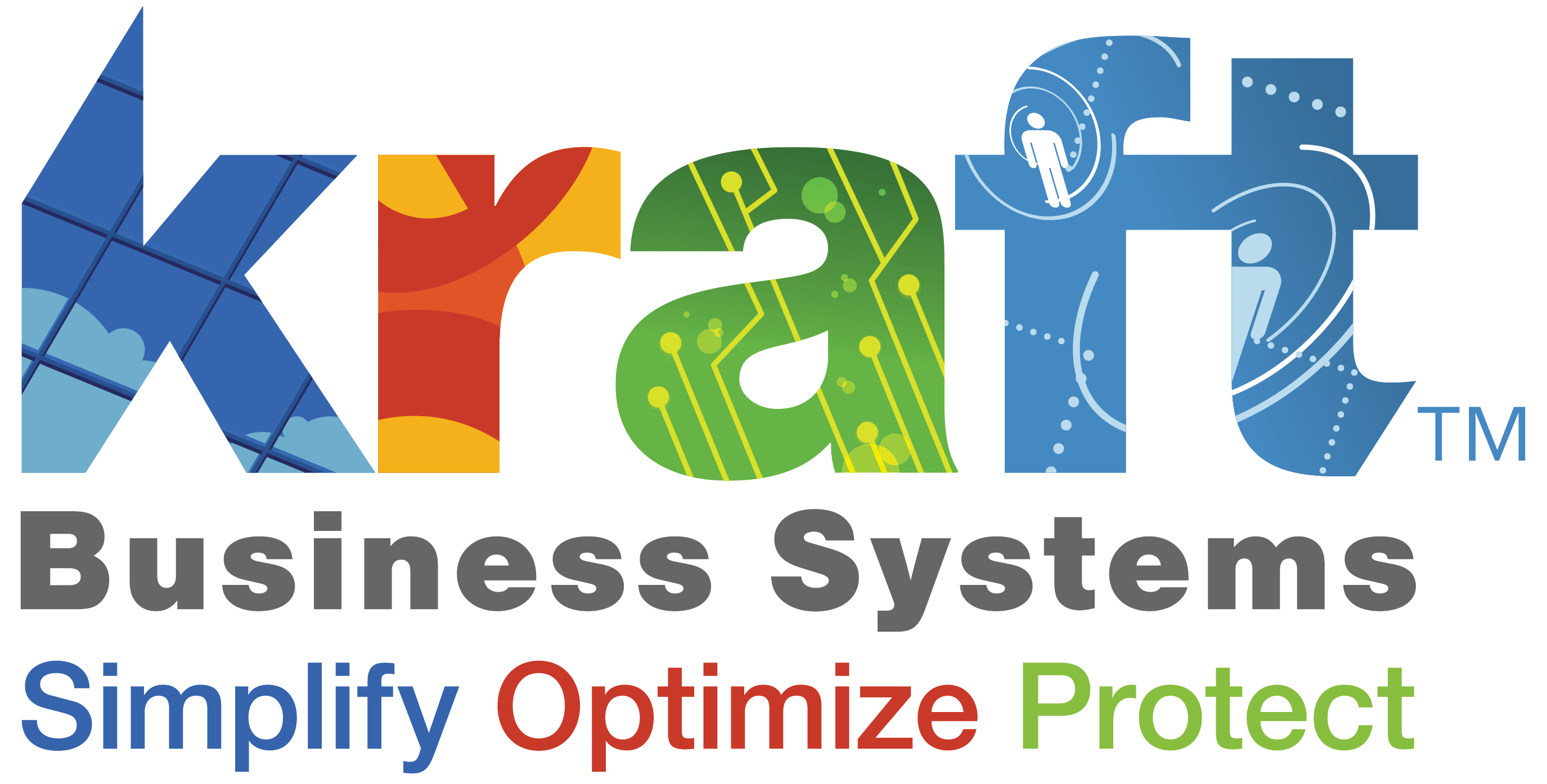Cyber security training for small business is crucial today. Many small businesses face a rising threat from cyberattacks. Here’s how to start protecting your business:
- Educate Employees: Train on spotting scams and phishing emails.
- Use Strong Passwords: Implement password policies and multi-factor authentication.
- Secure Networks: Use firewalls, encrypt data, and maintain security updates.
- Regular Software Updates: Ensure all software is up-to-date to prevent breaches.
Small businesses are prime targets for cybercriminals due to often weaker defenses. These attacks can lead to downtime, data breaches, and significant financial losses. A 350% increase in social engineering attacks against smaller firms highlights this vulnerability.
Investing in digital protection is essential. By focusing on cybersecurity training, you empower your team to act as the first line of defense. Committing to regular training and strong security practices can make a difference.
Taking proactive measures to secure digital systems is not just a necessity, but a crucial step in safeguarding your business’s future.
Learn more about cyber security training for small business:
- cybersecurity solutions for small business
- Small business data protection
- steps to prevent cybersecurity fraud in a small organization
Understanding Cybersecurity Threats
When it comes to cybersecurity training for small business, understanding different types of threats is key. Let’s break down some of the most common ones: malware, phishing, ransomware, and spyware.
Malware
Malware is short for malicious software. It is designed to harm or exploit your computer systems. This can happen through email attachments, bad websites, or unauthorized downloads. Malware can cause data breaches, financial loss, and damage to your business reputation.
Phishing
Phishing is a sneaky trick where attackers pretend to be someone you trust. They send fake emails to get your personal info, like passwords or credit card numbers. A shocking statistic reveals that small businesses face a 350% increase in social engineering attacks, which includes phishing. Training your team to spot these scams is crucial.
Ransomware
One of the most dreaded threats is ransomware. This type of malware locks your files and demands a ransom to open up them. Paying the ransom is risky because it doesn’t guarantee you’ll get your data back. Instead, focus on prevention and regular data backups to keep your business safe.
Spyware
Spyware secretly collects information about your online activities. It can track passwords, browsing history, and personal data without you knowing. This stolen information can lead to identity theft or financial fraud. Protecting your systems with strong security measures can help prevent spyware infections.
Understanding these threats is the first step in protecting your business. By knowing what you’re up against, you can take the right steps to secure your digital environment.
Cyber Security Training for Small Business
Employee Training
Employees are often the first line of defense against cyberattacks. Yet, many breaches occur due to simple human errors. In fact, a whopping 88% of data breaches are linked to human mistakes. Training your staff is not just beneficial—it’s essential.
Begin with internet usage best practices. Employees should know how to browse safely and recognize suspicious activities. Regular training sessions can cover spotting phishing emails, avoiding suspicious downloads, and creating strong passwords.
Phishing Simulations
Phishing is a major threat, with small businesses seeing a 350% increase in these attacks. To combat this, consider using phishing simulations. These are mock scenarios where employees receive fake phishing emails. The goal is to test their ability to recognize and respond to these threats.
By practicing in a safe environment, your team learns to identify phishing attempts before they cause real harm. Think of it like a fire drill for digital safety.
Internet Usage
Proper internet usage is crucial. Employees should avoid clicking on unknown links or downloading unverified software. Encourage the use of secure websites and educate them about the dangers of public Wi-Fi.
Also, emphasize the importance of Multi-Factor Authentication (MFA). This extra layer of security requires more than just a password. It’s like having a second lock on your digital door.
Summary
By investing in cyber security training for small business, you empower your employees to become vigilant defenders against cyber threats. Regular training, phishing simulations, and safe internet practices are key components of a robust cybersecurity strategy. This proactive approach not only protects your business but also builds a culture of security awareness.
Next, we’ll discuss best practices for maintaining cybersecurity across your business systems.
Best Practices for Cybersecurity
When it comes to securing your small business, implementing best practices can make all the difference. Let’s explore some key strategies: password management, multi-factor authentication, and secure networks.
Password Management
Passwords are often the first line of defense against unauthorized access. Yet, many employees still use weak or repeated passwords. This can open the door to cyber criminals.
To combat this, consider using password management solutions. These tools help employees create and store strong, unique passwords for each account. They also reduce the risk of password reuse, which is a common vulnerability.
Here’s a quick checklist for effective password management:
- Use a mix of letters, numbers, and symbols.
- Change passwords regularly.
- Avoid using common words or easily guessed information.
Multi-Factor Authentication (MFA)
Think of MFA as an extra lock on your digital door. It requires users to provide two or more verification factors to gain access. This could be a combination of something they know (like a password), something they have (like a phone), or something they are (like a fingerprint).
MFA is crucial because it significantly reduces the chances of unauthorized access. Even if a password is compromised, the additional verification steps can stop attackers in their tracks.
Secure Networks
A secure network is the backbone of your business’s cybersecurity. Start by encrypting your internet connection and using a firewall. This helps protect your data from being intercepted by cybercriminals.
For businesses with a Wi-Fi network, ensure it’s secure and hidden. You can do this by setting up your wireless access point or router so it doesn’t broadcast the network name, also known as the Service Set Identifier (SSID).
If you have remote employees, encourage the use of a Virtual Private Network (VPN). This allows them to connect to your network securely, no matter where they are.
By implementing these best practices, you’re taking significant steps to protect your business from cyber threats. Next, we’ll explore how to create and implement a comprehensive cybersecurity plan.
Implementing a Cybersecurity Plan
Creating a cybersecurity plan is like building a fortress around your business. It starts with understanding your risks and having a solid response strategy. Let’s break it down into three crucial steps: risk assessment, incident response plan, and tabletop exercises.
Risk Assessment
First up, risk assessment. Think of it as a health check for your business’s cybersecurity. It helps you spot vulnerabilities before they turn into threats.
To conduct a risk assessment, follow these steps:
- Identify Key Assets: Determine what digital assets are critical to your business operations. This could be customer data, financial information, or proprietary software.
- Assess Threats: Identify potential threats to these assets. This includes phishing attacks, ransomware, and insider threats.
- Evaluate Vulnerabilities: Check for weak points in your security setup. Are there outdated systems? Is your staff trained to recognize phishing emails?
- Prioritize Risks: Not all risks are equal. Focus on the ones that could have the biggest impact on your business.
- Document Findings: Write down your findings and develop a plan to address each risk.
By regularly conducting risk assessments, you can stay one step ahead of cyber threats.
Incident Response Plan
Next, let’s talk about the incident response plan (IRP). This is your playbook for handling cybersecurity incidents. Having a robust IRP can minimize damage and get your business back on track quickly.
Here’s what to include in your IRP:
- Roles and Responsibilities: Clearly define who does what during an incident. This ensures swift action without confusion.
- Communication Plan: Outline how you’ll communicate with stakeholders, including employees, customers, and partners.
- Response Procedures: Detail the steps to take when an incident occurs. This might include isolating affected systems or notifying law enforcement.
- Recovery Procedures: Plan for how you’ll restore normal operations and learn from the incident.
Don’t forget to review and update your IRP regularly. Cyber threats evolve, and your response plan should too.
Tabletop Exercises
Finally, let’s discuss tabletop exercises (TTXs). These are simulated scenarios that test your incident response plan. Think of them as practice drills for your cybersecurity team.
During a TTX, participants respond to a hypothetical cyber incident. This helps them understand their roles and identify any gaps in the IRP.
Benefits of TTXs include:
- Team Preparedness: Your team will be better prepared to handle real incidents.
- Plan Improvement: You’ll identify weaknesses in your IRP and have the chance to fix them before an actual attack.
- Boosted Confidence: Regular practice builds confidence, reducing panic during a real incident.
By integrating risk assessments, a solid incident response plan, and regular tabletop exercises, you can build a resilient cybersecurity strategy for your small business. Next, we’ll tackle some frequently asked questions about cybersecurity for small businesses.
Frequently Asked Questions about Cybersecurity for Small Businesses
Do small businesses need cyber security?
Absolutely! Small businesses are prime targets for cybercriminals. Why? Because they often have weaker defenses compared to larger companies. In fact, small business employees face 350% more social engineering attacks than those in big enterprises. These attacks can lead to data loss, financial damage, and a tarnished reputation.
Cybersecurity is not just a tech issue; it’s a business necessity. By implementing robust security measures, small businesses can protect their data, maintain customer trust, and ensure smooth operations.
How much does cyber security cost for a small business?
The cost of cybersecurity varies widely based on the size of the business and its specific needs. Factors influencing cost include the complexity of the IT infrastructure, the types of security solutions required, and the level of risk the business faces.
While it’s challenging to pin down an exact price, small businesses can start with affordable solutions like:
- Antivirus Software: Essential for protecting against malware.
- Firewalls: Shields your network from unauthorized access.
- Multi-Factor Authentication (MFA): Adds an extra layer of security.
Many organizations like the Cybersecurity and Infrastructure Security Agency (CISA) offer free resources to help small businesses bolster their defenses without breaking the bank.
What training do I need for cyber security?
Training is a cornerstone of effective cybersecurity. Cyber security training for small business should focus on empowering employees to recognize and respond to threats. Key areas include:
- Phishing Awareness: Employees should learn to spot suspicious emails and avoid clicking on harmful links.
- Internet Usage Best Practices: Safe browsing habits can prevent malware infections.
- Password Management: Encourage the use of strong, unique passwords and tools like password managers.
Regular training sessions and phishing simulations can keep your team sharp and ready to defend against cyber threats. A well-informed team is your first line of defense against cyberattacks.
By investing in cybersecurity training and solutions, small businesses can safeguard their assets and thrive in the digital age. Next, we’ll conclude with how Kraft Business can offer innovative solutions to keep your business secure.
Conclusion
At Kraft Business, we understand the unique challenges small businesses face in today’s digital world. That’s why we’re committed to providing innovative solutions that prioritize security and efficiency. Our team of experts is dedicated to helping you steer the complexities of cybersecurity with ease.
Secure Technology is at the heart of what we offer. From robust antivirus software to comprehensive managed cybersecurity services, we ensure your business is protected against evolving threats. Our solutions are designed to be both effective and accessible, so you don’t have to compromise on security due to budget constraints.
By partnering with us, you gain access to a wealth of resources and expertise custom to your specific needs. We help you implement best practices, from training employees to spot phishing attempts to deploying multi-factor authentication for improved protection.
In an era where cyberattacks are increasingly common, safeguarding your business isn’t just an option—it’s a necessity. With Kraft Business, you can focus on what you do best, while we handle the security.
Find how our managed cybersecurity services can empower your business to thrive securely in the digital landscape. Let us help you build a resilient foundation that protects your data and reputation. Together, we can ensure your business is not only prepared but ready for success.








